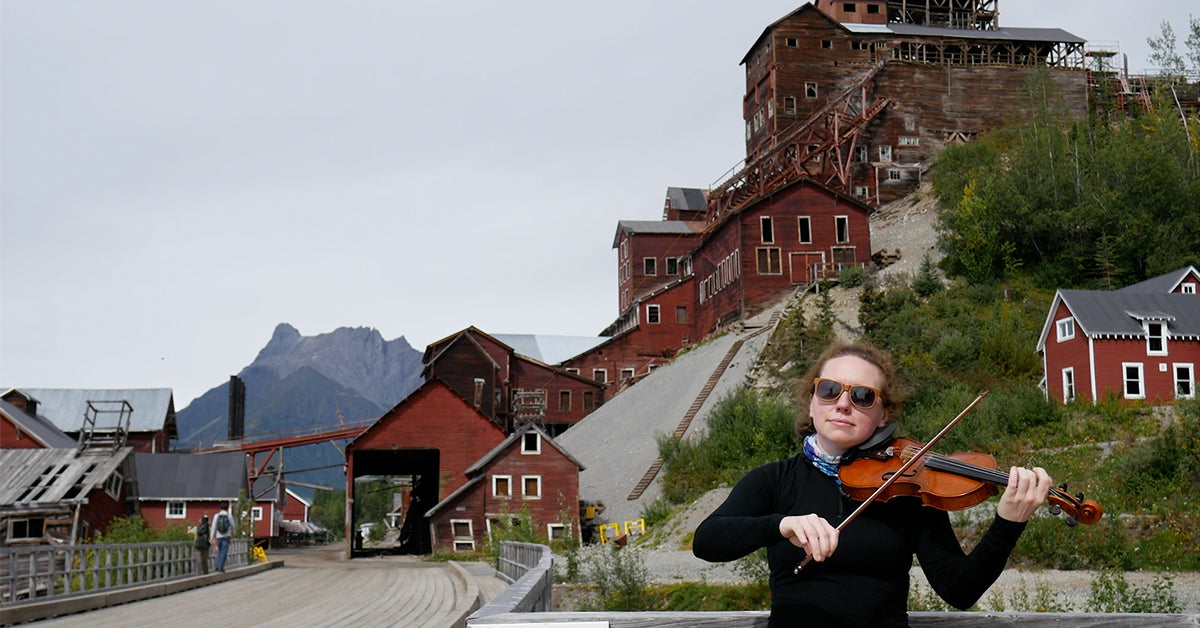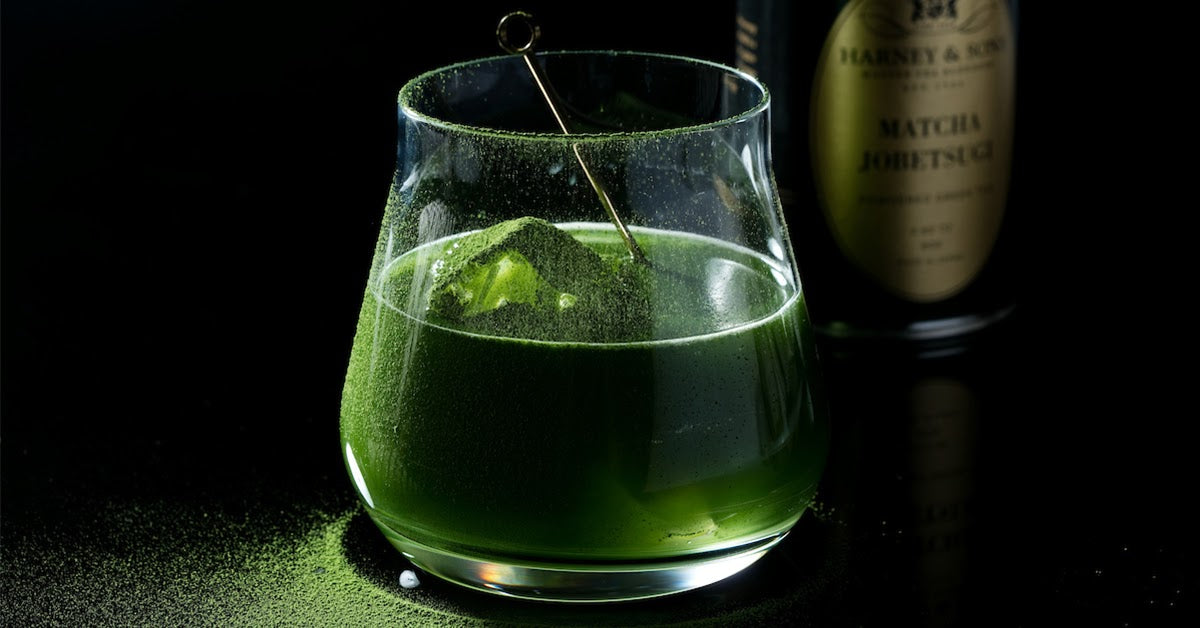As we’ve mentioned in several of our blog posts, what makes tea “tea” all starts with the fact that teas are derived from the Camellia sinensis plant. That’s what differentiates a true tea from an herbal or tisane, which are not derived from Camellia sinensis. Herbals and tisanes still taste wonderful, but in the end, they are not truly tea.
The Camellia genus of plants has about 200 species, but only one of those species, the Camellia sinensis, is used to produce tea. That species has three main varieties: sinensis, assamica and combodiensis. Let’s look at each one.

Camellia sinensis var. sinensis
Like the others, the Camellia sinensis var. sinensis is native to China’s Yunnan province (“sinensis” means “from China”). In the wild, these plants can grow to a height of 20 feet but, like the other varieties, when used as a cultivar in creating other tea plants for production purposes, they are trimmed to resemble the tea bushes you are more familiar with seeing. You’ll see a wide variety of these plants in the wild in China, however, with some plants having tiny leaves and are two feet tall, such as in the Lapsang growing area, while others have large leaves, like those found in the Fenghuang area, and grow so high that a ladder is needed to harvest the leaves.

This variety thrives in cool, high altitudes, such as the mountain slopes of northeastern India’s Darjeeling region or the Wuyishan mountains in Fujian, China, as well as in regions with harsher climate conditions. It is a sturdy plant that has greater resistance to cold and drought than other varieties. Camellia sinensis var. sinensis has small, dark leaves that are light in body. It is one of the most widely used plants in tea production world wide.
Camellia sinensis var. assamica
In the Assam province, botanists discovered a different variety of the tea plant, a larger leafed version they named Camellia sinensis var. assamica. Unlike the sinensis variety, Camellia sinensis var. assamica is well-suited to a tropical climate and is grown mainly in the plains and in regions with a healthy amount of rainfall. It is also the variety used in Africa.

In addition to being a larger leaf, the assamica variety is less aromatic than sinensis and produces a liquor that is robust and dark when oxidized. While it was discovered in the early 19th century in Assam, it is now known that the assamica variety is one of the oldest and was cultivated in Yunnan, China, long before being discovered in India. Like the sinensis variety, if left to grow in the wild, assamica grows quite tall, reportedly up to 98 feet, and can live for many centuries. In tea plantations, however, the productive life of these plants is on average somewhere between 30 and 50 years.

Camellia sinensis var. combodiensis
Also known as the “java bush,” this large-leafed variety (leaves can grow to eight inches long) is rarely used for tea cultivation due to the fact that its sensorial properties are not as appreciated for tea production as the other two. But because it plays well with its sister varieties of Camellia sinensis, it is sometimes used in the creation of new cultivars.
So...what does this all mean?
The bottom line is that the two most widely used varieties of the Camellia sinensis plant, var. sinensis and var. assamica, are used to create cultivars, which is a contraction of “cultivated variety.” The process of hybridization or species mutation allows for the production of teas that have specific characteristics. Along with how the teas are processed, there are other factors that come into play in how teas from the Camellia sinensis plants vary from each other. If there were only two flavors of tea, how boring would that be? This is where terroir comes into play.
Mike remembers one time in Darjeeling where he stood in the Namring Tea Estate, and it was noted that the plant to the right was “Chinese,” the one to the left was Assamica and one in front Cambodia, and the one behind a hybrid. It is a crazy mixed-upped world!
Where does something like Yabukita (the famous Japanese tea plant) fall into this? Well it was originally from the Chinese variety, but through generations of dedicated Japanese tea growers, they came up with this clonal plant. After the Second World War, Yabukita took over the Japanese gardens.

Terroir
Used most often in reference to wine and growing grapes, “terroir” is a French term used to define a growing environment that includes soil, climate, altitude, and latitude. In addition to the individual characteristics of each tea plant variety, where the plants are grown and the environment in which they live have a great impact on the quality of the tea. A Camellia sinensis var. sinensis plant can produce tea which has different properties depending on the conditions it was grown in. The terroir in which tea plants are grown has a significant impact on the final product. Think of it in terms of the kind of accent you might have growing up in the South than growing up in Boston or Chicago, London or Australia. Same person, but the environment you were raised in made all the difference in how you speak.
So, while there is only one mother plant, the variations and cultivation opportunities of the fascinating Camellia sinensis plant are endless. Which is good news for all of us.
















1 comment
Faith Lamprey
I am really enjoying Emeric’s articles educating us about tea! Please keep writing them.
I am really enjoying Emeric’s articles educating us about tea! Please keep writing them.